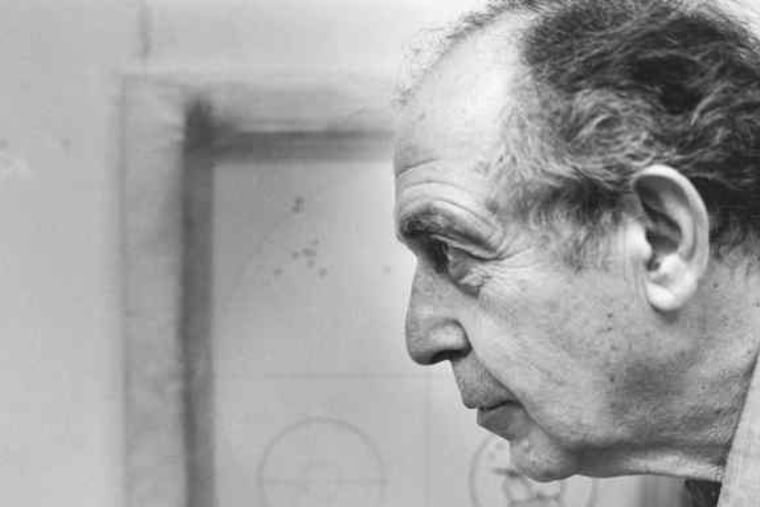An artist whose work spanned decades, styles
"Thomas Chimes' art is, to paraphrase Winston Churchill, a riddle wrapped in a mystery inside an enigma," Inquirer art critic Edward J. Sozanski wrote in 2007.

"Thomas Chimes' art is, to paraphrase Winston Churchill, a riddle wrapped in a mystery inside an enigma," Inquirer art critic Edward J. Sozanski wrote in 2007.
